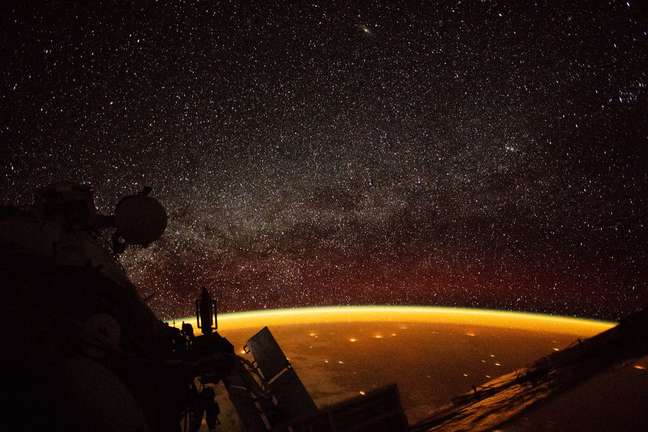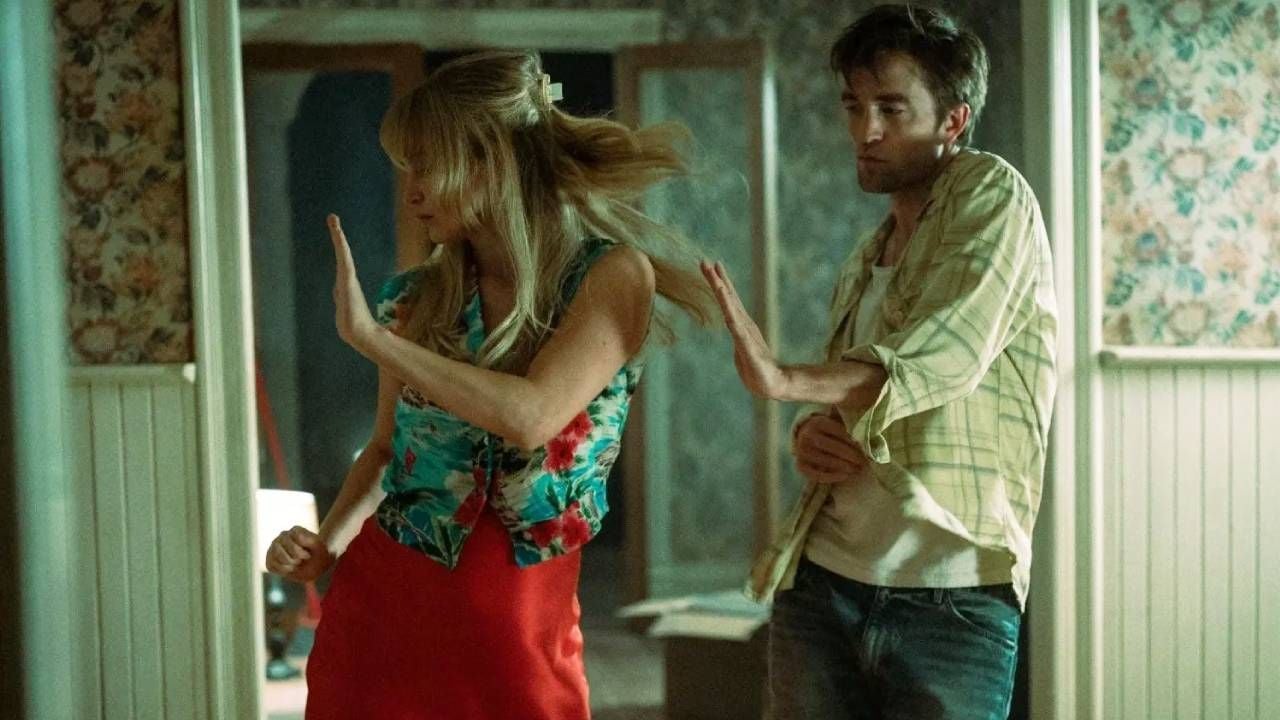In addition to the blue light of the daytime sky, our atmosphere also offers different colors at night, such as yellow and green. Understand “airglow” or “airglow”
It’s obvious that the sky is blue, just as we also know that, at certain times, it appears in other colors. In the absence of the Sun, for example, the night is not exactly black: depending on the atmospheric layer, the light will be greenish or yellowish. The reason for this is the brightness of the air, better known as air glow.
- What warms the Earth’s upper atmosphere? The answer may surprise you
- Early Earth’s atmosphere may have been as toxic as that of Venus today
The color of the daytime sky is the result of intense sunlight passing through the atmosphere and scattering mainly the blue band of the electromagnetic spectrum. But we know that the visible light emitted by the Sun includes all seven colors of the rainbow. When these colors are together, the result is white, that’s why the sun, in the clear sky, is white, not yellow.
However, sunlight travels through the air, interacting with atoms and molecules in the atmosphere, which in turn scatter far more photons of blue light than red. This scattering of blue, while the Sun remains white, is described by the phenomenon known as Rayleigh scattering. It also happens when the Sun is setting near the horizon and we see an orange sky, as well as our star.

But at night things are very different: in the absence of the Sun, we can see fainter lights such as stars and airglow, a luminescence that forms in our own atmosphere. It’s not light pollution or star glare, but atmospheric gases that naturally glow in the atmosphere. At night, when we are in a place away from cities, with no moon, clouds or fog, we can see a clearer sky, colored with shades of purple and violet.
What is Airglow?
Produced by atoms and molecules in the atmosphere, the glow in the air receives contributions from oxygen, which produces green and red light, hydroxyl (OH) molecules, which produce red light, and sodium, which produces yellow light.
The atoms and molecules of these gases release certain amounts of energy in the form of light through interactions with other types of radiation. For example, at high altitudes, daylight ultraviolet light splits oxygen molecules into two atoms. At night, the electrons recombine to form molecules again, emitting radiation in the form of green light. This process is called chemiluminescence.
Yellow lights can be produced in atmospheric layers where there is a certain concentration of sodium. These atoms aren’t very numerous, but they can produce a good deal of the airglow, all thanks to meteors.
the calls”falling stars” are small fragments that continuously pass through our atmosphere, leaving behind a trail of atoms and molecules. Normally, in these objects there is a certain amount of sodium, which is deposited in the upper atmospheric layers, producing the yellowish glow when it interacts with radiation.
This is very useful for telescopes looking at a sky filled with stars whose brightness is distorted by the turbulent atmosphere. For better observation, astronomers create false stars with powerful lasers tuned to sodium yellow.
Source: The conversation
Trending on Canaltech:
- A comet seen 50,000 years ago approaches Earth, perhaps for the last time
- The 10 best movies on Netflix in 2022
- The pale blue eye | Meet Netflix’s Mystery Movie Starring Christian Bale
- Are ‘Galaxy Forever’ Shows Worth It?
- The 15 best movies of 2022
- NASA Spotlight: All planets appear in today’s astro photo
+The best content in your email for free. Choose your favorite Terra newsletter. Click here!
Source: Terra
Camila Luna is a writer at Gossipify, where she covers the latest movies and television series. With a passion for all things entertainment, Camila brings her unique perspective to her writing and offers readers an inside look at the industry. Camila is a graduate from the University of California, Los Angeles (UCLA) with a degree in English and is also a avid movie watcher.





